Modern sculptors have made sure to keep up with painters and architects. They have gone so far in this that their European horizons in searching for models have become too narrow. They have also freed themselves from the three-dimensional world, so that nothing can now limit their creativity.

The sculpture Walking Man was sold for 104.3 million US dollars. It is as if the author initially had in mind the figure of an insect called a dragonfly. In the end, the sculpture underwent a metamorphosis, as is common with insects, by gaining two long legs and losing its wings. In addition to the sculpture, we see real contemporary paintings on the walls that cannot be said to represent anything. When it comes to the two ladies standing next to the sculpture, it is immediately obvious that they are completely “uncontemporary” and that they are an example of feminine elegance in the wrong place.

When assessing the sculptor Henry Moore, promoters of contemporary art claim: “His style can be attributed to only a few true artists, such as Titian, Rembrandt, Michelangelo and Cezanne. In his works, Moore offers, in addition to great technical skill, multiple meanings so that each individual work provokes a multitude of interpretations.”
The aforementioned true artists are unable to comment on the new member of the elite club. We can assume that it would be at first astonishment, and then indignation.
Two Moor figures above could be called “Picasso in three dimensions”, bodily deformities and scattered limbs. All this seems uglier than in two dimensions. What kind of satisfaction does the author find in these sculptures?
It seems that the authors of these figures (1,2,3,4) also found models in Stonehenge and elsewhere outside the European cultural circle. The city authorities have decided to decorate a large green area in the western part of Zagreb with just such figures. There are about fifteen of them, so that passers-by can enjoy their beauty for a longer time.

It is not clear what attracted the artist so much to the sculpture (images: 1,2,3,4,). Apparently, it is associated with a sacrificial ritual where the heart of a prisoner was removed and his blood was shed to appease the gods. The ritual was performed on the tops of the pyramids. All this did not prevent Moore from repeatedly using the aforementioned pose as a model, this time as a barely recognizable female/human figure (images 4,5,6). Of course, this was immediately recognized.
“Honestly, Mexican art has had the greatest influence on me as an artist.”
In addition to Mexican models, Moore finds inspiration in the sculpture of the peoples of the Pacific Islands. The Neolithic site of Stonehenge has remained a lasting inspiration for him.
“The most significant feature that all primitive art has in common is its vitality. It is the result of direct contact with life.”
The painter Rothko and others think similarly, except that they seek inspiration in Africa and among children. It is striking that the author finds models everywhere in the world, except in the cultural area of European peoples. While fully respecting artistic freedom, this attitude is, to say the least, pretentious. It follows that the art of European peoples does not have enough direct contact with life. It is very interesting that his imagination could not resonate anywhere in the rich area that should be close to him by birth and upbringing.
This does not mean that Mexican art is primitive; on the contrary, it is valuable because it is original and truly expresses the soul of these peoples. Another thing is that in our Eurocentric eyes it looks primitive, incomprehensible and repulsive; after all, they created culture to their taste. Here the question necessarily arises of what to call contemporary European art? Where does it belong? What would the authors of Mexican statues and reliefs say if someone presented to them our “contemporary” achievements? Does contemporary European art arise from “immediate life”?
“Abstraction is the avoidance of visual interpretation, here it is about emotional impression.”
“Art is an expression of the imagination, not the reproduction of reality.”
Now we have a typical sophistry that wants to emphasize that visual interpretation is not crucial for visual art. So how will an emotional impression follow if the observer does not have an appropriate visual representation? The statement is correct that art is not a literal reproduction of reality, but it can neither be a radical circumvention nor a negation of that reality. It is meaningless to talk about the emotional impression of the observer if he does not see anything specific in an abstract work, nothing that could arouse his emotions. Philosophers have long stated “ex nihilo nihil est”.
So, the artist must offer his vision of something that is already recognizable to the observer. This requirement cannot be circumvented by any theorizing. To some extent, it can be compared to photography. If we have a photograph taken without enough light, then we see nothing in the picture no matter how much the photographer assures us that we should find something there. The photographer may have seen something in the darkness, but did not communicate it to us.
Moore goes further. He claims that it is even wrong to give a title to a work of art. In this way, the work is deprived of its mystery and the observer no longer tries to penetrate its deeper meaning. Here, things are turned completely upside down, the observer takes on the role of the artist, and the latter observes everything as a hidden moderator of the seance. There is no example of this understanding of art in the history of European peoples. Interestingly, this does not at all confuse abstract enthusiasts. They behave like the revolutionaries of the 19th and 20th centuries who believed that a new life begins with them and that everything was wrong in the past.
In addition, artists are also people with their weaknesses. When one of them becomes a millionaire, then in the presence of so much wealth, his thinking is also distorted. Something similar to when light passes by a celestial body with strong gravity. For example, Moore received 35.7 million US dollars in 2012 for his sculpture Repetitive Figure, a figure of a woman lying on her elbows.
In the past, sculptors used a limited number of materials. After choosing, they would set to work in an effort to breathe soul, some form, into the formless material. Contemporary artists have overcome such outdated customs. Today, anything can be used as an exhibit: finished products, objects from the so-called still and living nature. Art has acquired a new branch called “installation”. In the pictures above, we see how these can be objects from the toilet, balloons for children, absolutely anything.
When it comes to installations, there is a story circulating about how an ignorant cleaning lady in a Danish museum noticed discarded beer cans on the elevator floor. Unknowingly, she picked them up and threw them in the trash. The museum curator noticed this immediately and the cans were quickly saved from ending up with the rest of the trash. The cleaning lady was explained that the discarded cans were part of the museum installation and she suffered no consequences.
A similar story follows an installation where the exhibit was a banana taped to the wall. Imagine what happened: a hungry visitor ate the banana and threw the peel back. In doing so, he created a new installation and tempted another cleaning lady to throw the peel in the trash. This time, it didn’t happen, but the whole event went “viral” again. These are not exceptions, but almost the rule at contemporary art exhibitions. This is how a big nothing becomes something: when the media’s hearts agree and stupidity can swim.
You may be wondering how an apple can be an exhibit. The answer is very simple, the name of the author of the installation – Yoko Ono – was enough here. Since she is world-famous, she didn’t need stories that would include a hungry visitor to promote it.
The same applies to the toilet bowl. It was already famous enough to begin with because it was made of gold.
And when it comes to the urinal, you have to be careful because it bears the name of the French painter Marcel Duchamp. These are strange affinities of modern artists. We can understand his artistic freedom in seeking inspiration in the toilet, but it is not clear why the artist decided to include a finished product, and not try to create something original. These are all questions that are asked by the uninitiated, because it was precisely the choice of a finished product, which is part of the toilet equipment as an exhibit, that played a key role in provoking the audience. Thus, the author became a mega star in the “modern” sky. The fate of the urinal that the author exhibited in 1917 under the name Water Fountain is unknown. This exhibit was the subject of debate for a long time, until in 2004 the time was finally ripe for the proper artistic evaluation of toilet interiors. Thus, Water Fountain was evaluated in 2004 as one of the greatest achievements of contemporary art and as such was sold at auction in 1999 for 1.7 million US dollars. It is not known whether the author saved the 1917 copy or went to the store to buy the urinal again. But that, in this case, is not important. In both cases, Duchamp has nothing to do with the said product

It’s sad to see scenes where people pay a ticket and come to see framed blank canvases, but for consolation, it can always be sadder.

In the pictures above you can see what two empty rooms look like when they are lit and darkened. The author of this technical performance acquired an electric switch that automatically turns the lights on and off every five seconds. This achievement became famous among exhibitionists and they decided to award him the Turner Prize for Contemporary Art in the amount of 30,000 US dollars in 2021. In this way, they encouraged other authors to achieve similar achievements. Since 2013, Work No. 227, The Light That Turns On and Off, has become an integral part of the permanent collection of Tate Britain.1 It is to be expected that contemporary “installers” will understand the message and take it a step further by proposing an empty, illuminated room into which a visitor enters, after which the lights are turned off for ten or more minutes. During this time, he will activate his imagination in complete silence so that he can later share his impressions with the people who organize such performances and who will make sure that it is accompanied by another prestigious award. Finally, it would be good to have a psychiatrist nearby to help him if staying in a dark and empty room has any unwanted effects.

Now, after two-dimensional paintings, three-dimensional sculpture has come under attack. Italian artist Salvatore Garau, among others, has taken up this great undertaking. Of course, the promoters of “contemporary” immediately came to the rescue. Thus, his Immaterial Sculpture “Io sono” was sold at auction in 2001 for 18,300 US dollars to an unknown buyer.
“The lucky buyer went home with a confirmation that he was the buyer and with instructions that the “work” should be exhibited in a private house in a free space measuring 150 x 150 cm.”
“A vacuum is nothing more than a space filled with energy. Even when we completely empty it of air, it remains full of energy…”
“I can’t imagine life without creations, that would be a great suffering for me.”
“Salvatore Garau revolutionized the history of contemporary art by completely eliminating the object from the work of art, leaving only the idea to awaken the imagination of the observer.”
“It’s really exciting for me to imagine how people try to imagine a sculpture that is not visible and at the same time shape it only with the help of the title that I gave.”
“His invisible sculpture I am has caused many controversies, but it is impossible to deny the great significance of this work for the history of art.”
“In the end, aren’t we shaping the image of a God we’ve never seen?”
Complete dematerialization:
“Even the lines on the sidewalk of the square were made for the purposes of the video. And they will disappear the next day. Nothing of this will remain, including the artist. I now feel this emptiness filled with immeasurable things!”
When one reads such explanations for something that is supposed to be a sculpture, one cannot help but laugh. One should laugh at readers who buy into such verbal acrobatics seriously. It is a strange mixture of atomic physics, theology and yoga meditation. There is everything here except for the three-dimensional figure. The author’s imagination cannot be denied, but why didn’t he turn to writing science fiction instead of making a big conceptual web where it doesn’t belong.
Perhaps the best contemporary art is depicted by scenes of empty rooms and visitors who have come to see something. There are also surprises, an empty room can be lit and darkened every five seconds. As if it were not uniform, these intervals can be longer and in different locations. We live in a time when such simple technical actions receive the highest recognition. It is important that visitors are surprised by various unusual acrobatics and installations, and that is called art.
Exhibition visitors certainly think of themselves as educated, so they watch TV regularly and try to be “politically correct”. It is surprising to what extent herd psychology has taken hold among them.
Perhaps the most important question today is where art ends? Is there a single form created by nature or man of which it can be said: this is not art, this cannot be exhibited in a museum financed by the state.
American modern art critic, Tom K. Wolfe, claims that a very small number of people create and direct the visual arts. Everything resembles the technique used by a small number of stockbrokers who, in conjunction with the media, manipulate securities. If the promotion of artistic values were a spontaneous process, then it would be expected that awards would be given in the same way to representatives of classical and traditional European art as to contemporary artists. We all know that this is not the case.
Invisible art is the logical conclusion of a trend that began among European peoples at the beginning of the 20th century. And it is not surprising that everything could have become absurd. Like everything in nature, the process was gradual. Invisible art was preceded by a long period of impersonal art. It all began when Picasso began to depict human figures as deformities, the parts of which were randomly scattered across the canvas. But the most important role was played by the Dadaists. This was a small group of Romanian Jews who fled the war (1914-1918) to Switzerland. They immediately found ardent supporters among other peoples. We can say that Dadaist principles are today completely triumphed.
If a shopkeeper asked a customer to pay for goods that were not on the shelf, he would be ridiculed. The customer would consider it a personal insult and the ultimate humiliation. How dare someone offer such an outrageous thing, so what does he think, that I’m so unintelligent? The same person does not feel the need to complain when, after paying for the ticket, he is greeted in a gallery by an empty room or an empty room that is lit and then darkened at regular intervals. At such moments, herd psychology quietly whispers to unfaithful Thomas that this is all normal and that it would be inappropriate to complain because no one will understand you anyway.
Serbian singer-songwriter Bora Čorba beautifully expressed the state of mind of the human herd, in Belgrade’s juicy jargon: “A human herd can be annoying, eat/watch what is served to you. Oh, how nice it is to be stupid!”
- Tate Britain is a network of galleries in Great Britain. [↩]

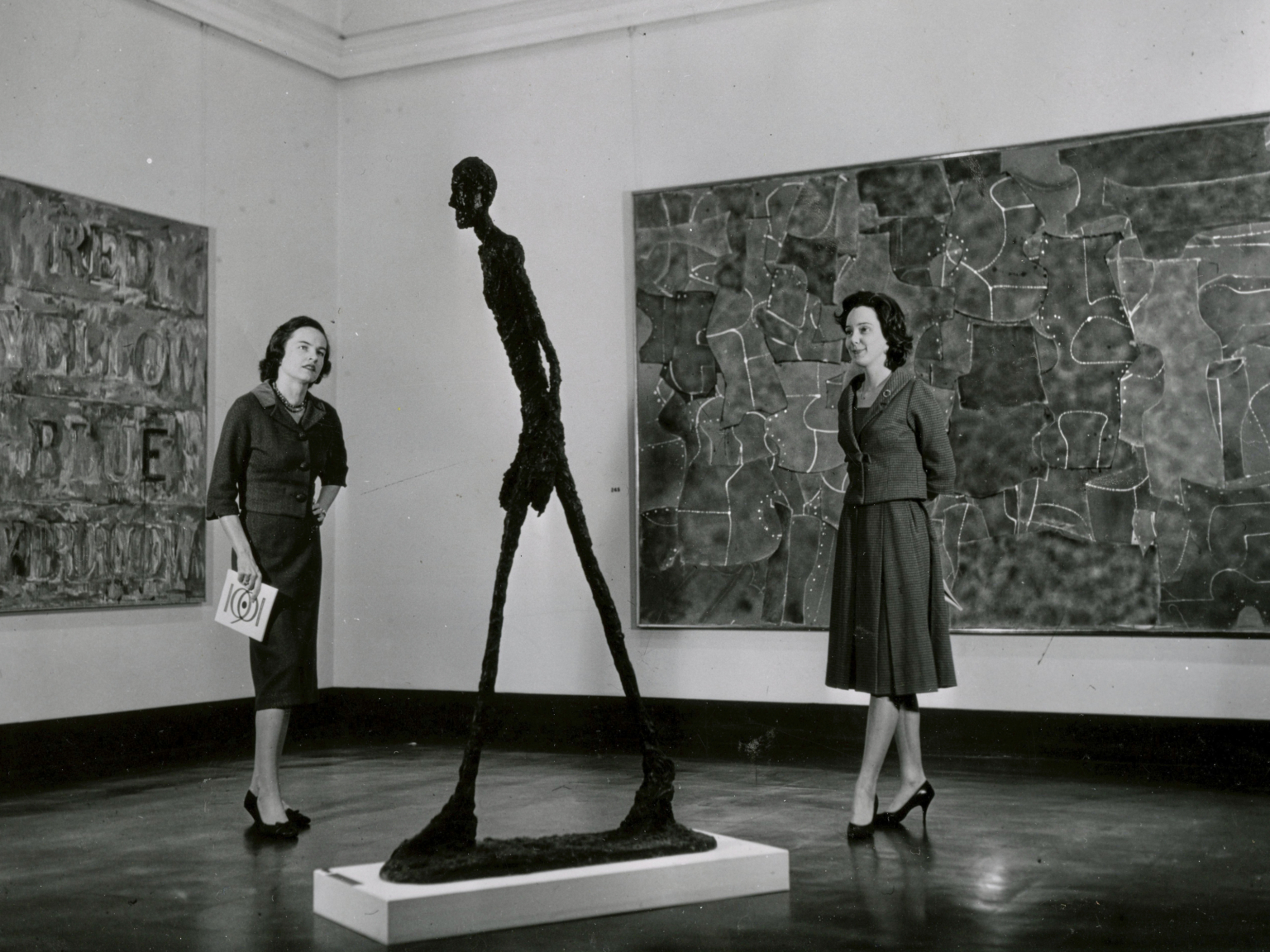
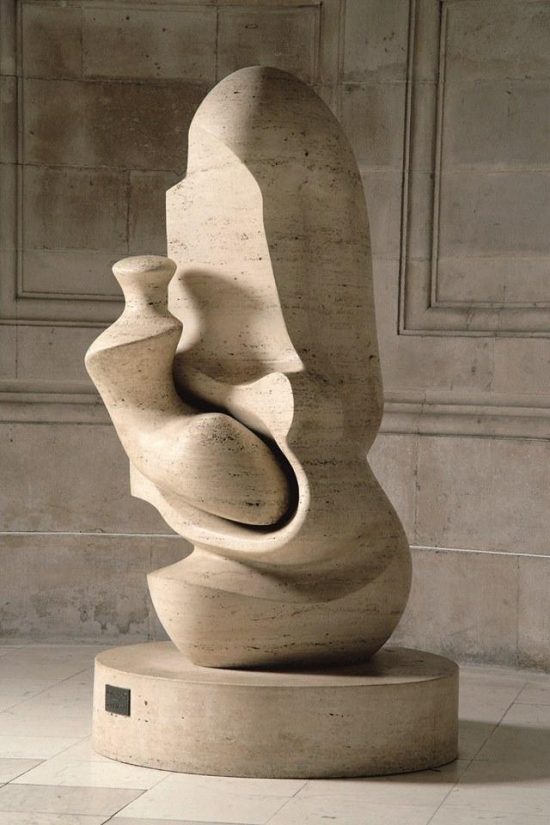
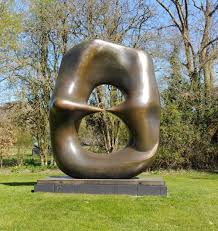
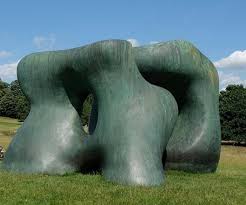
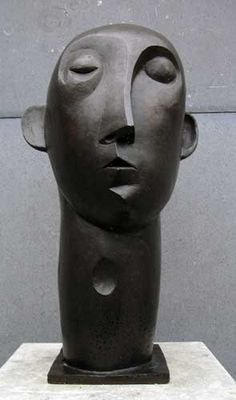
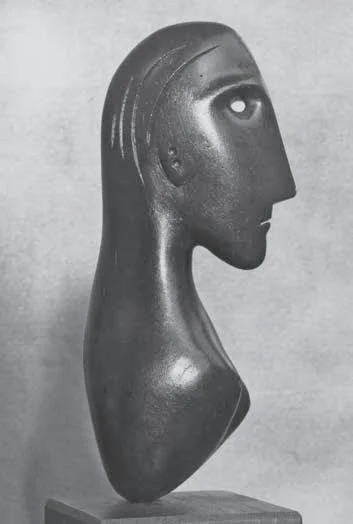
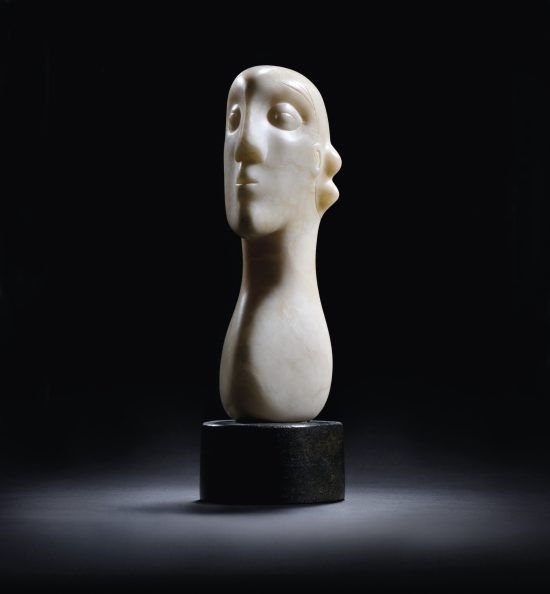

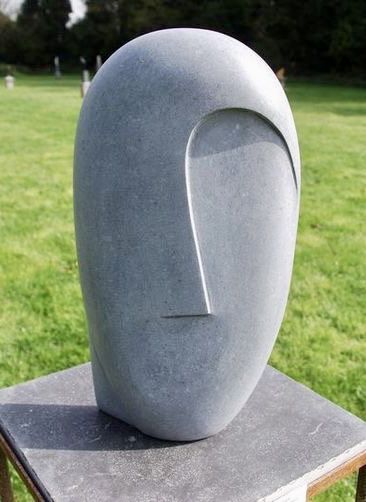

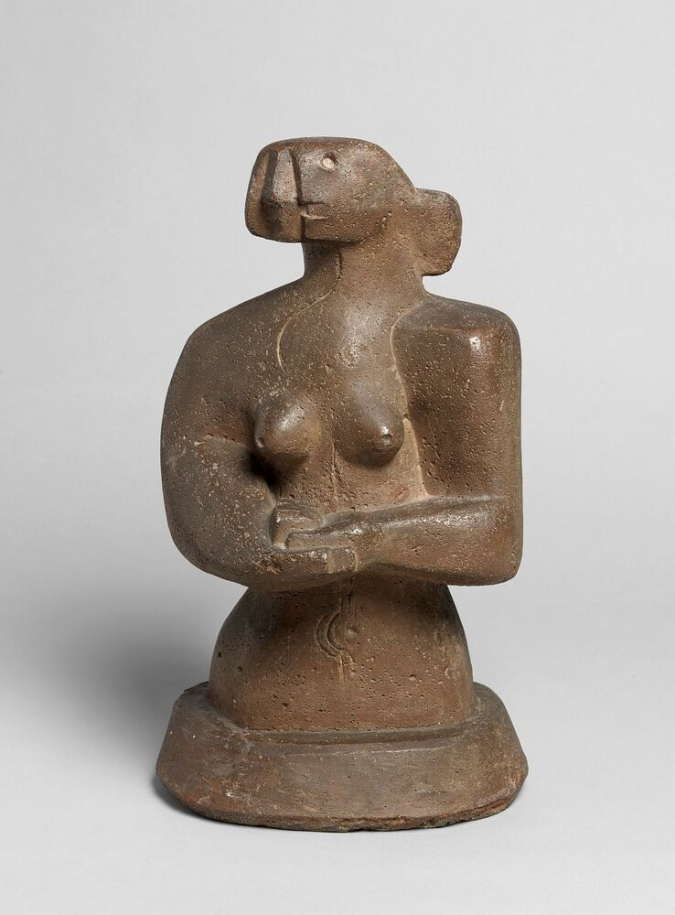
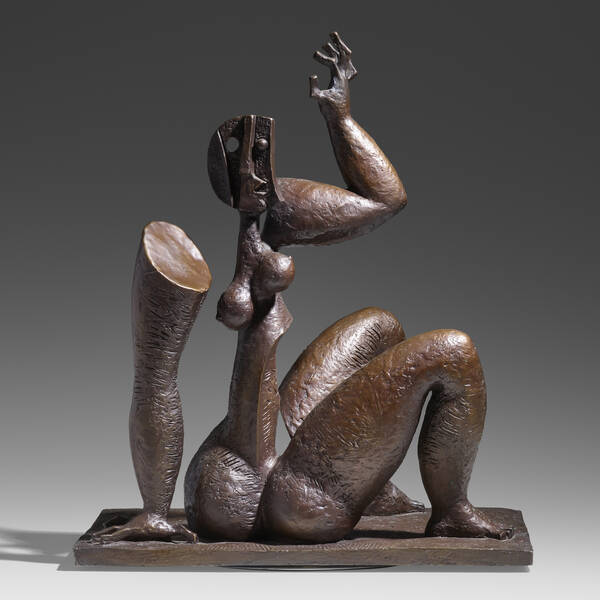


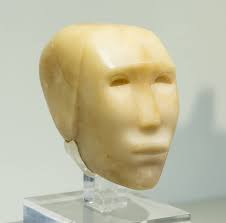
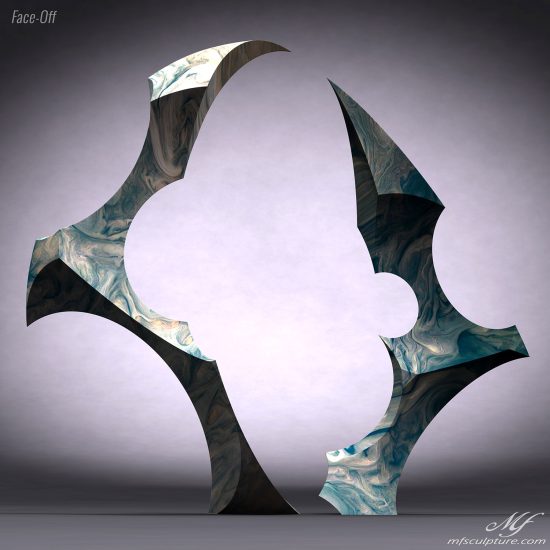



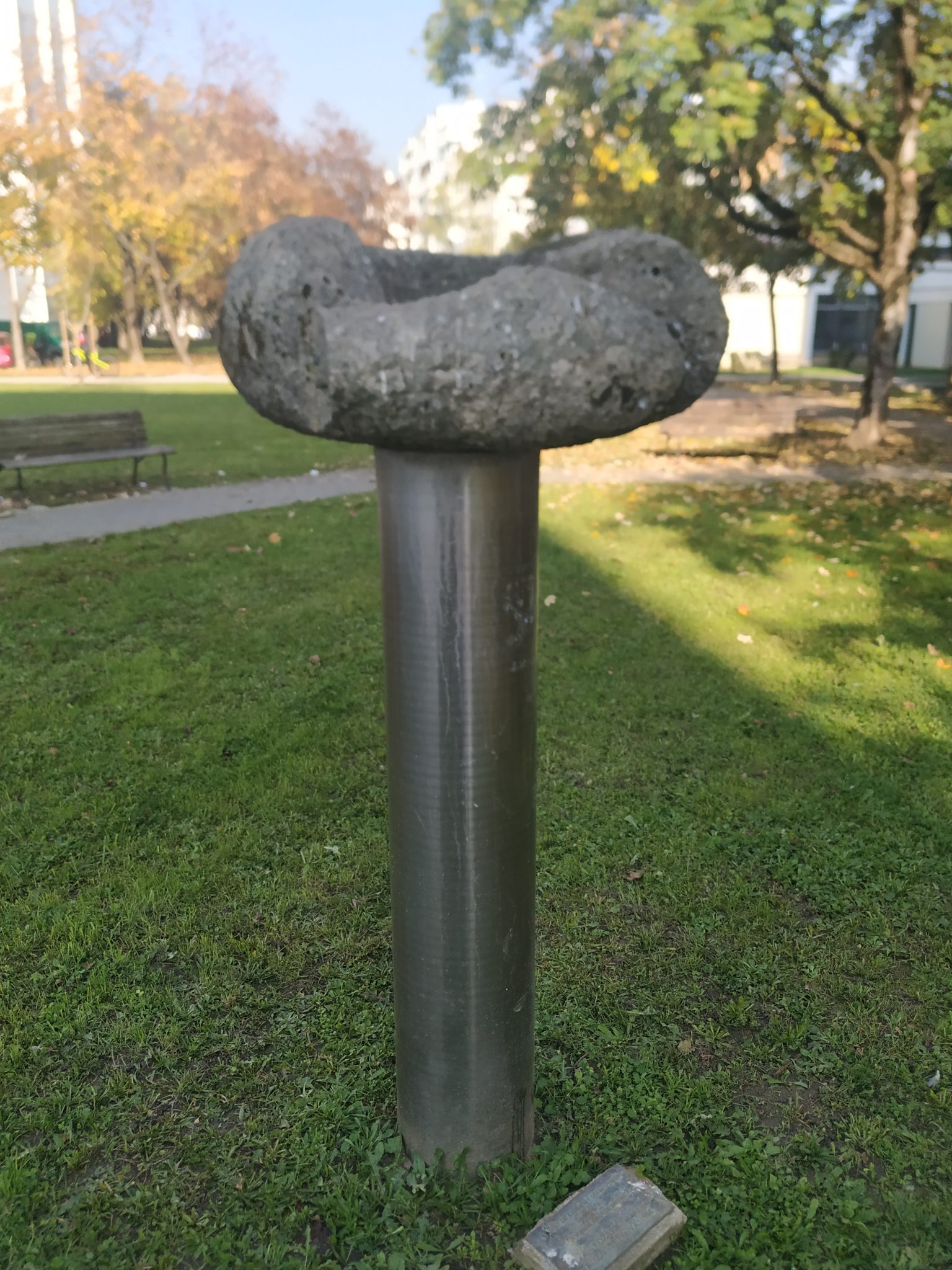
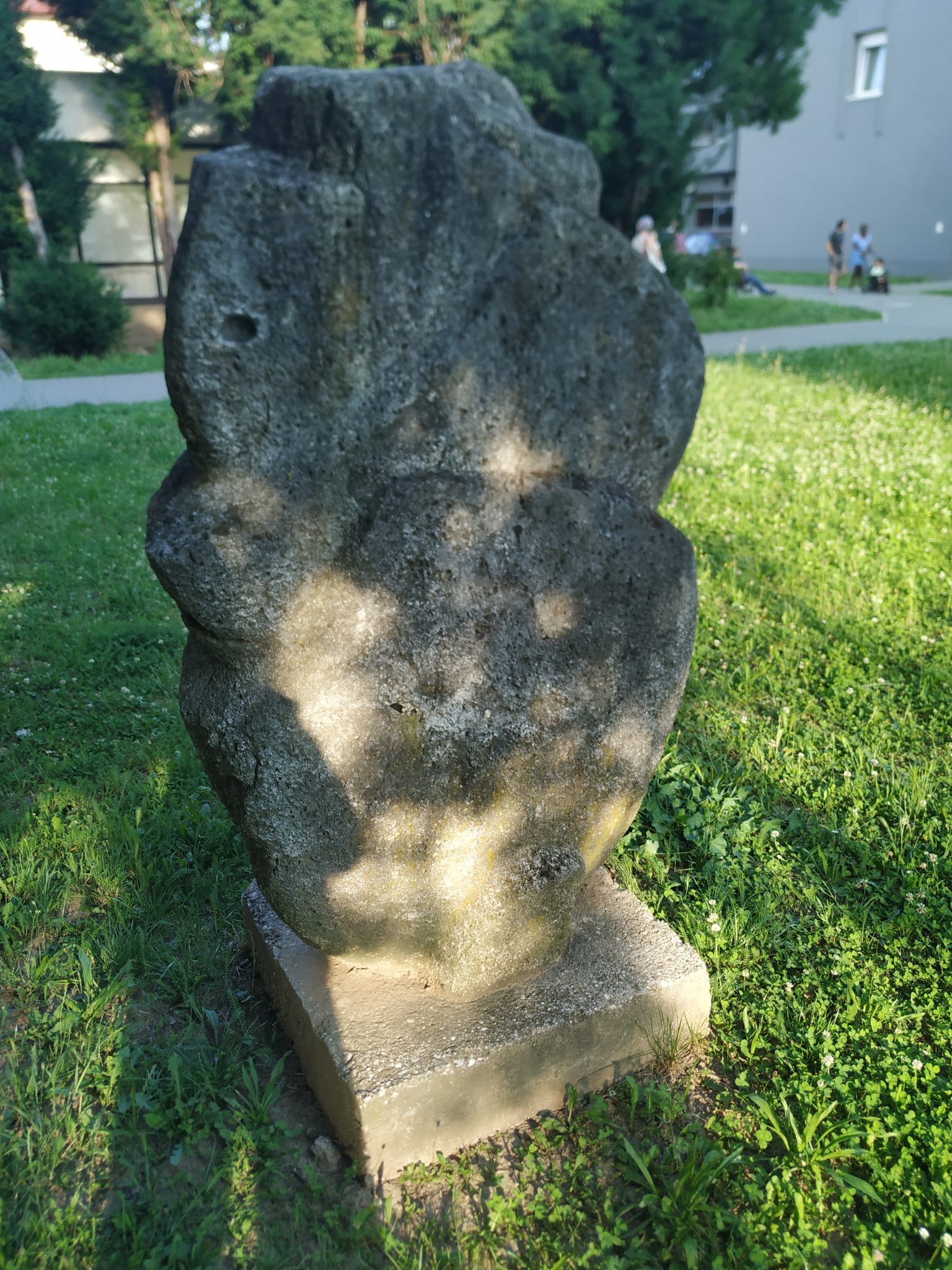

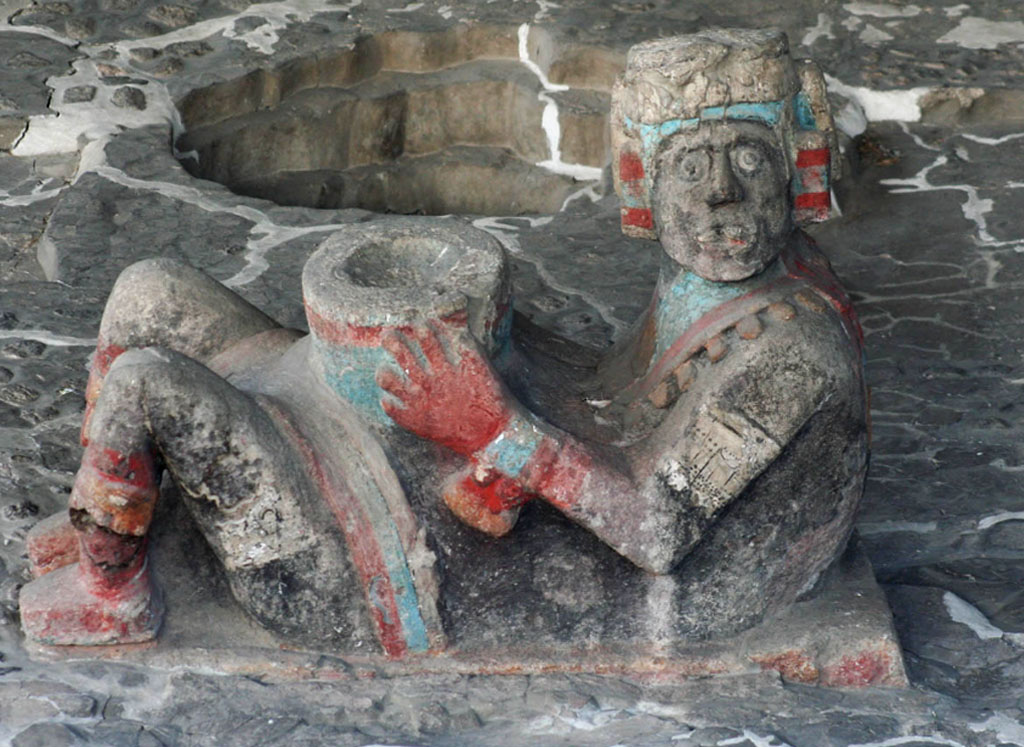

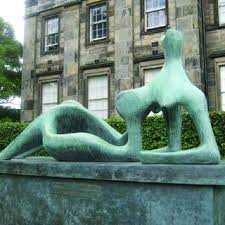
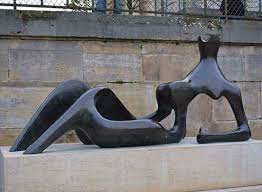
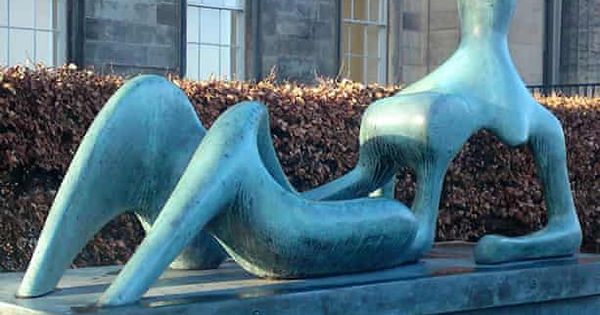
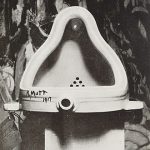


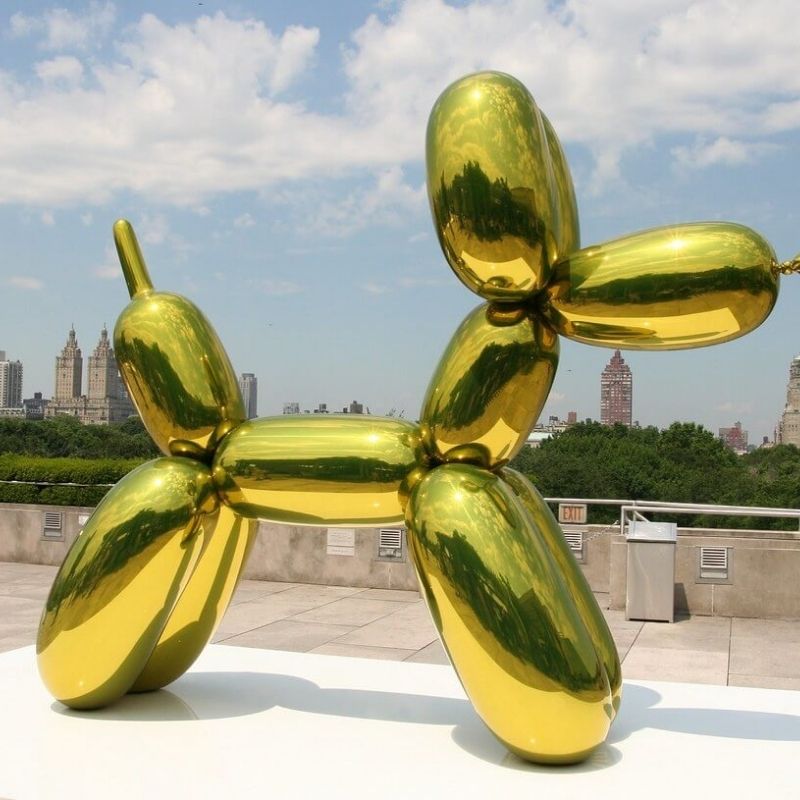
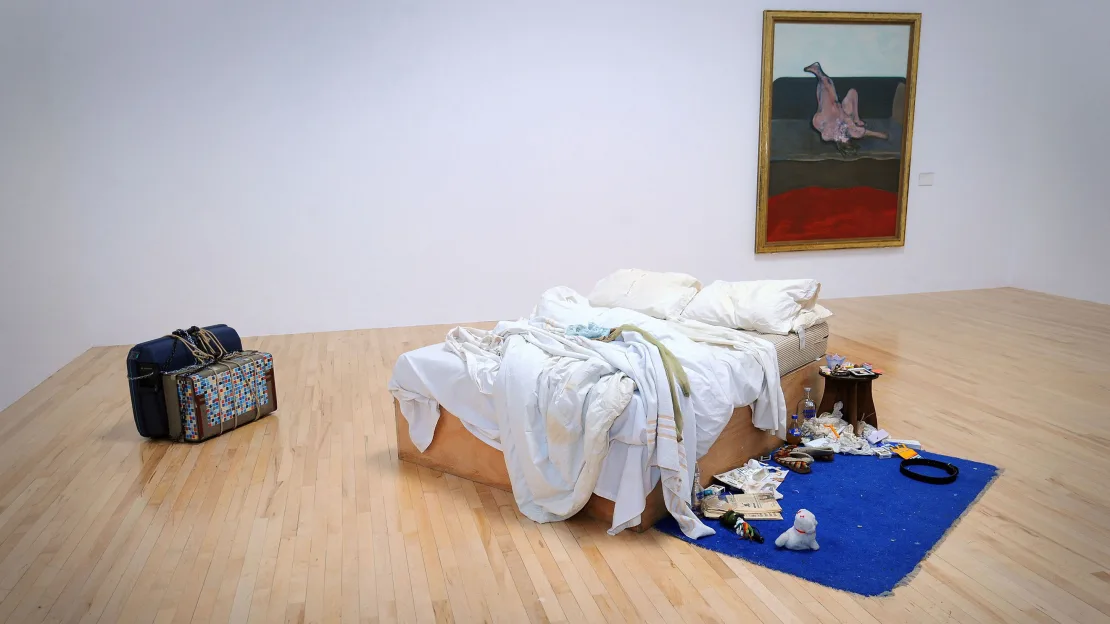
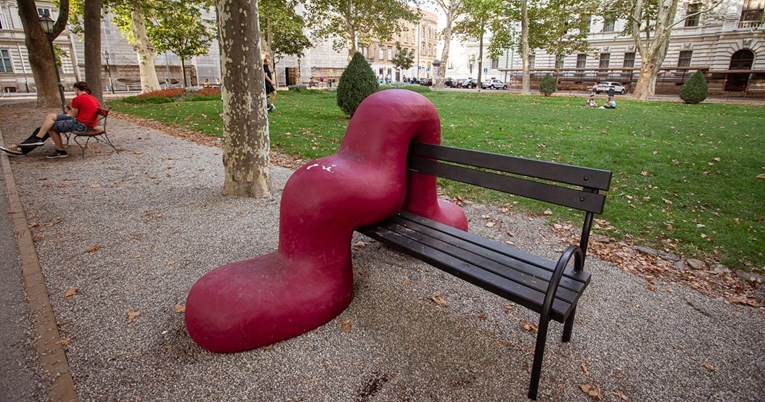
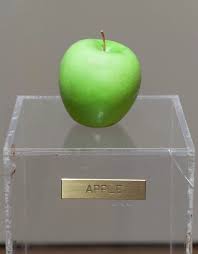
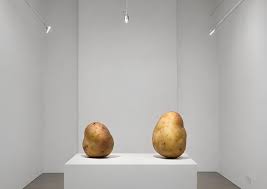
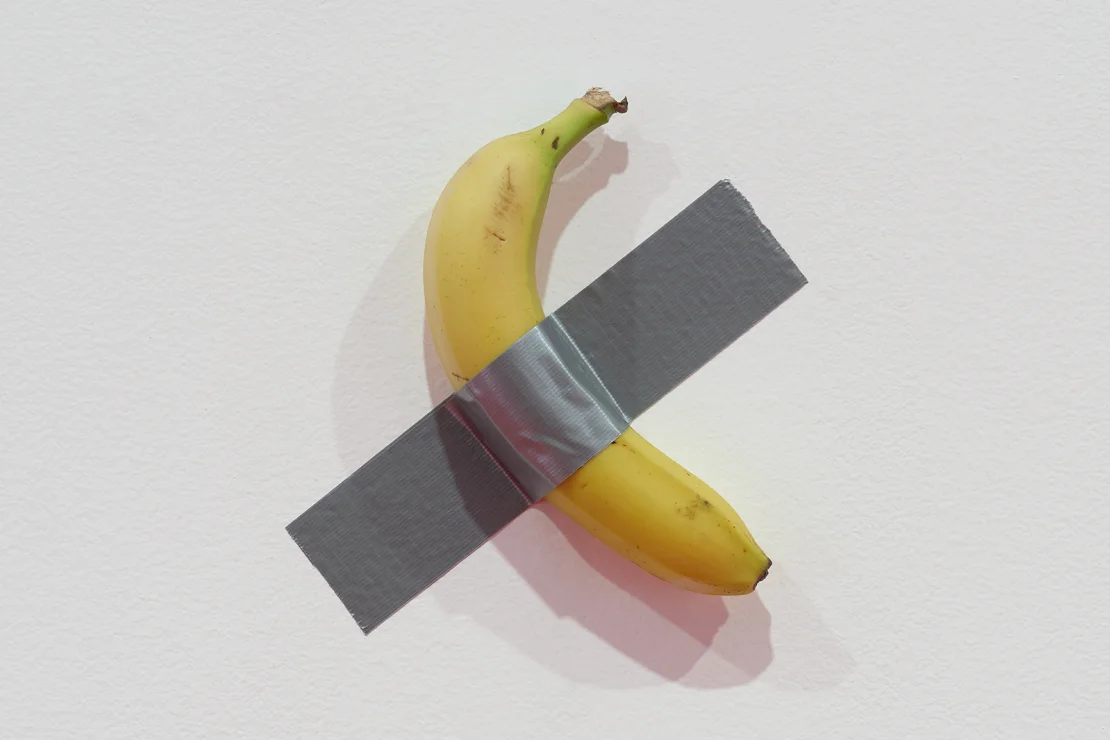
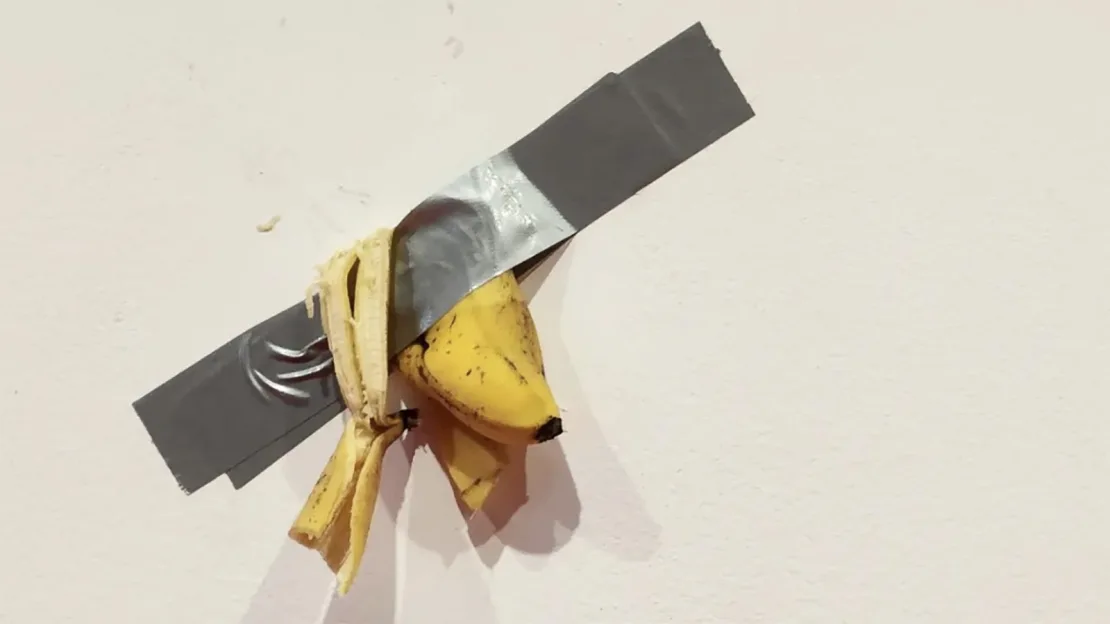
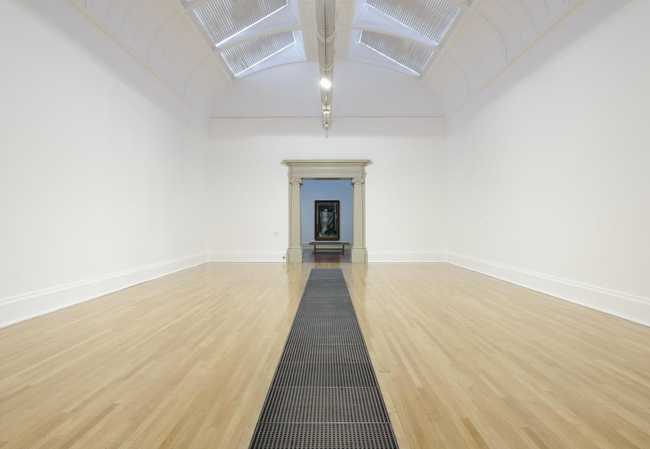
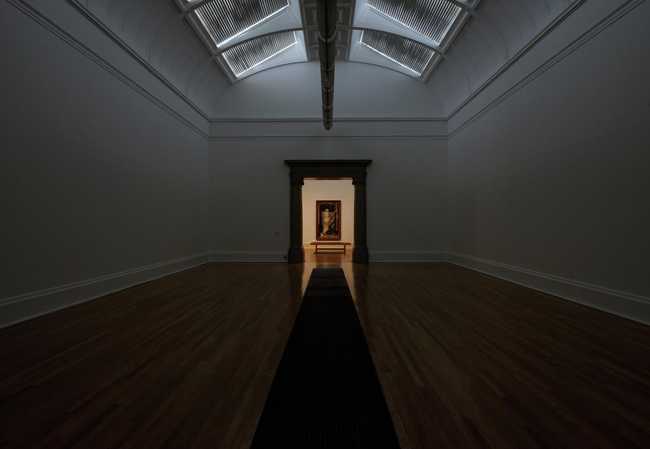



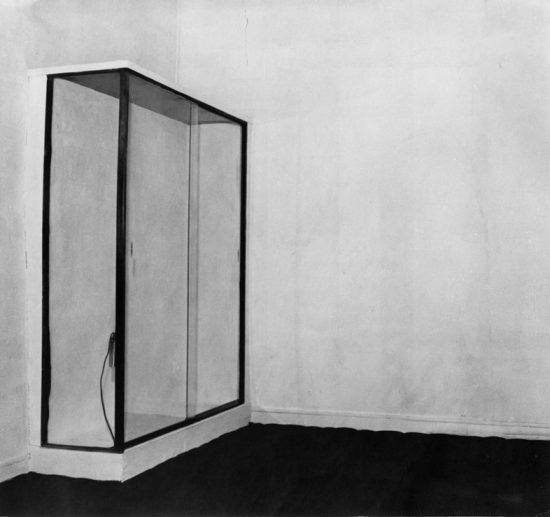

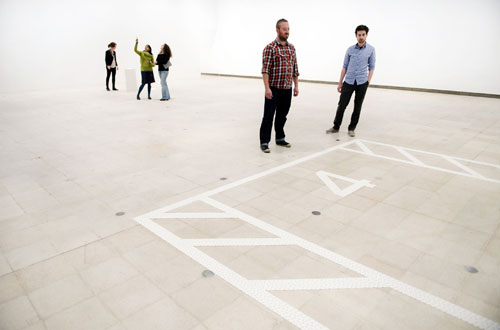
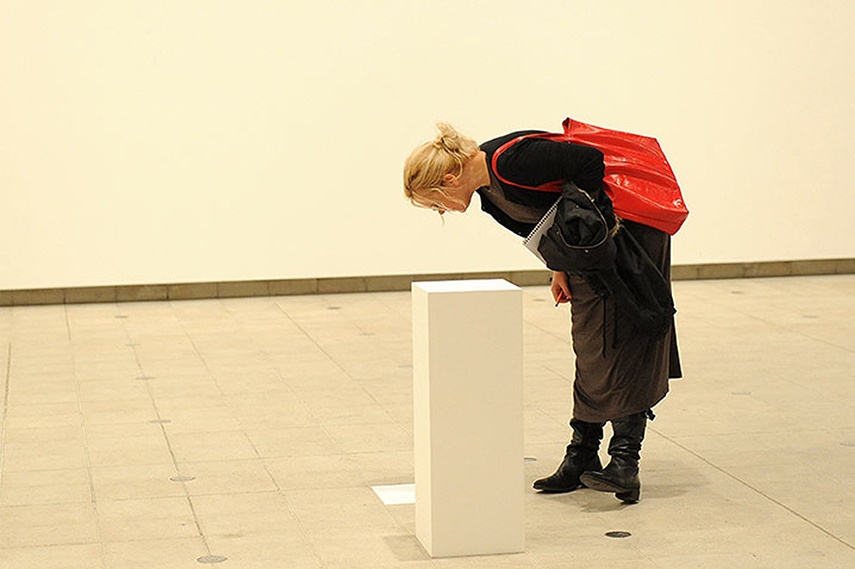
No Comment! Be the first one.